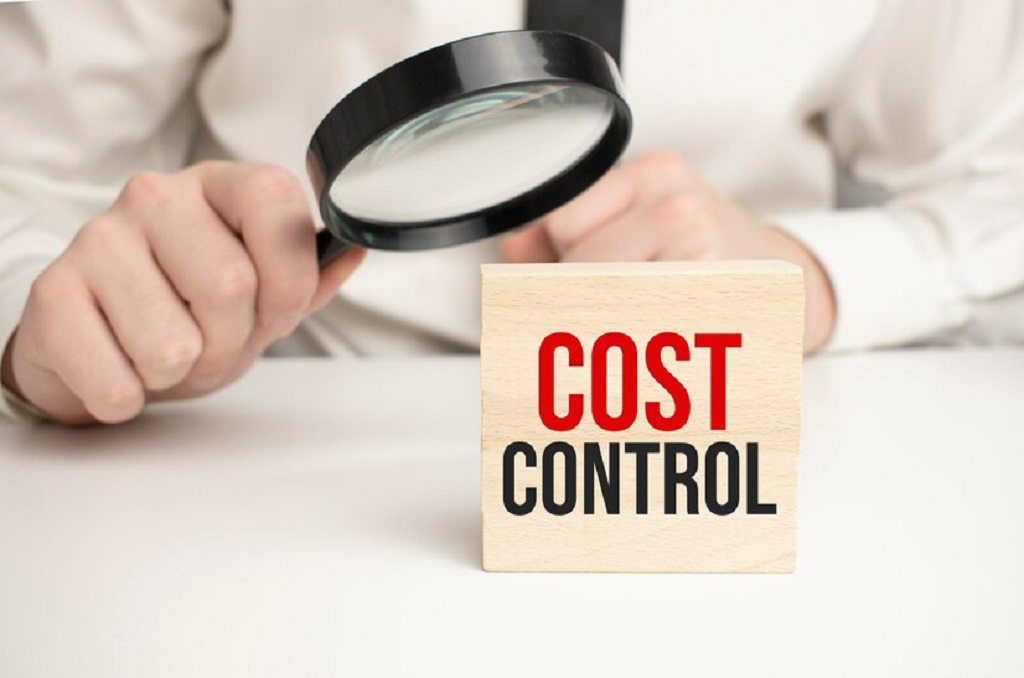In the dynamic landscape of modern business, keeping costs under control is a crucial aspect of maintaining a healthy bottom line. Whether you’re a startup entrepreneur or a seasoned business owner, the ability to manage expenses efficiently can significantly impact your company’s growth and sustainability. In this comprehensive guide, we’ll delve into practical strategies that empower you to take charge of your business expenses and implement measures to reduce them effectively. This article is crafted by Ubuzzup.com.
Understanding the Importance of Cost Control
In the relentless pursuit of success, it’s easy for businesses to overlook the significance of cost control. However, it’s vital to recognize that every dollar saved directly contributes to your profitability. Effective cost control allows you to allocate resources strategically, invest in growth opportunities, and enhance your competitive advantage. Explore cost saving ideas.
Assessing Your Current Financial Landscape
To initiate the process of cost reduction, you must first gain a clear understanding of your current financial situation. Conduct a comprehensive review of your income and expenses to identify areas of potential improvement. Analyze your profit and loss statements, balance sheets, and cash flow projections. This assessment will serve as the foundation upon which you’ll build your cost-cutting strategies.
Identifying Cost Drivers
To target specific areas for cost reduction, you need to identify the primary cost drivers within your business operations. These cost drivers could vary depending on your industry and business model. Common cost drivers include employee salaries, raw materials, manufacturing processes, marketing campaigns, and administrative overhead. Once you pinpoint the key cost drivers, you can direct your efforts toward optimizing these areas.
Strategies for Cost Control
1. Streamline Operational Processes
Operational inefficiencies often lead to unnecessary costs. By streamlining your processes, you can eliminate bottlenecks and reduce resource wastage. Regularly evaluate your workflows and identify steps that can be simplified or automated. Implementing modern tools and technologies can significantly enhance operational efficiency.
2. Negotiate Supplier Agreements
Building strong relationships with suppliers is essential. Engage in open communication and negotiate favorable terms for the products and services you procure. Bulk purchasing, long-term contracts, and vendor partnerships can result in cost savings. Remember, every dollar saved on procurement contributes directly to your bottom line.
3. Embrace Technology
Incorporate technology solutions that align with your business goals. From customer relationship management (CRM) software to accounting systems, technology can automate tasks, enhance accuracy, and minimize manual errors. While there might be an upfront investment, the long-term benefits in terms of cost reduction and efficiency gains are substantial.
4. Optimize Human Resources
Your workforce is a valuable asset, but it also represents a significant portion of your expenses. Evaluate staffing levels and ensure that you have the right team for the tasks at hand. Cross-training employees can enhance flexibility and reduce the need for outsourcing or temporary hires during peak seasons.
Implementing Cost Reduction Measures
1. Budget Reallocation
Based on the insights gained from your financial assessment, reallocate your budget to prioritize essential areas of your business. Consider trimming non-essential expenses and channeling resources into activities that directly contribute to revenue generation and customer satisfaction.
2. Continuous Monitoring and Analysis
Cost reduction is an ongoing process. Regularly monitor your expenses and compare them to industry benchmarks. This practice allows you to identify deviations and take corrective action promptly. A proactive approach to cost control ensures that your business remains agile and adaptable.
3. Employee Involvement and Training
Fostering a culture of cost consciousness among your employees can have a significant impact. Provide training sessions that educate your team about the importance of expense management and how their contributions directly affect the company’s financial health. Encourage them to suggest innovative ways to cut costs without compromising quality.
Conclusion
In the fiercely competitive business landscape, effective cost control is a skill that can set you apart as a savvy and successful entrepreneur. By understanding your financial landscape, identifying cost drivers, and implementing strategic measures, you can not only weather economic uncertainties but also position your business for sustainable growth. Remember, every dollar saved is an opportunity to reinvest in your business’s future. Take the reins of your expenses today, and watch your business thrive.
In this comprehensive article, we’ve explored the vital aspects of cost control and reduction for businesses. Cloud business intelligence: everything you need to know explores how harnessing cloud-based tools can be a pivotal part of your cost control strategy, helping you make informed decisions for lasting business success. Remember, cost control is an ongoing endeavor that requires vigilance, innovation, and a commitment to optimizing every facet of your operations. So, embark on this journey to financial empowerment and witness the transformation of your business’s financial health.





